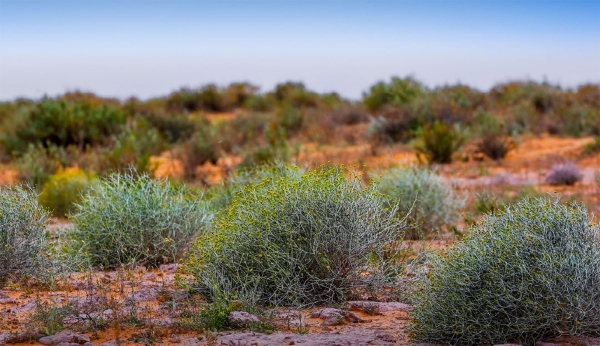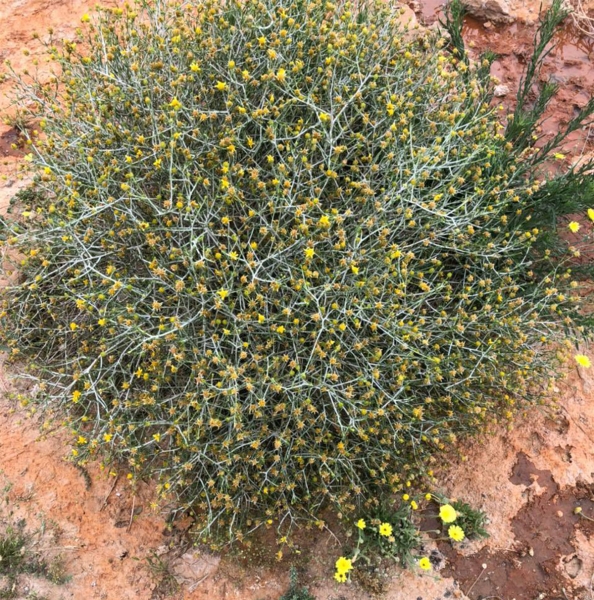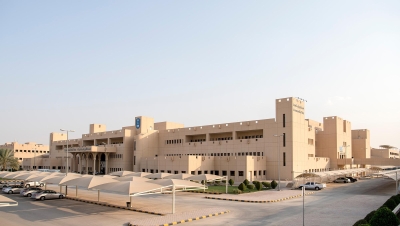


Rhanterium epapposum, Asteraceae (commonly known as Arfaj) is a short, round-shaped, and regular shrub that belongs to the Asteraceae family. It is found in Riyadh City, Kingdom of Saudi Arabia. It is known for its quick adaptation to desert conditions. It serves as a food for camels. Its native habitat is the Arabian Peninsula, Kuwait, and tropical regions.
Characteristics of the rhanterium epapposum
The growth phenomenon of the rhanterium epapposum is a regular one. It grows to a height between forty and eighty cm. It features a deep wedge-shaped root and bears lance-shaped and small alternate deciduous leaves that preserve their color in summer as a result of irrigation. The shrub's branches are silvery-white and bear small yellow 0.7 cm flowers that bloom from early March until mid-June. The shrub bears six to eight fruits at most, with a size of about 0.2 cm. The shrub propagates from its seeds transferred through wind or water.
Growth of the rhanterium epapposum
The rhanterium epapposum grows in sandy and gravelly loam soils as well as soil with high gravel content. It propagates from seeds. It can withstand desert conditions and urban environments. It is sensitive to dusty environments. It has a frost tolerance down to minus six degrees Celsius. It can withstand moderate salinity levels estimated at three thousand parts per million. It requires minor irrigation and care. It spreads fast in open areas.
Cultivation of the rhanterium epapposum
The rhanterium epapposum is cultivated in the countryside, rockeries, and urban areas. Its cultivation is also possible in small farms and valleys. It is used for restoring natural vegetation, planting streets and hills, delimiting watercourse banks, and enhancing the ecosystem. It is usually planted in bulks.
Related quizzes

